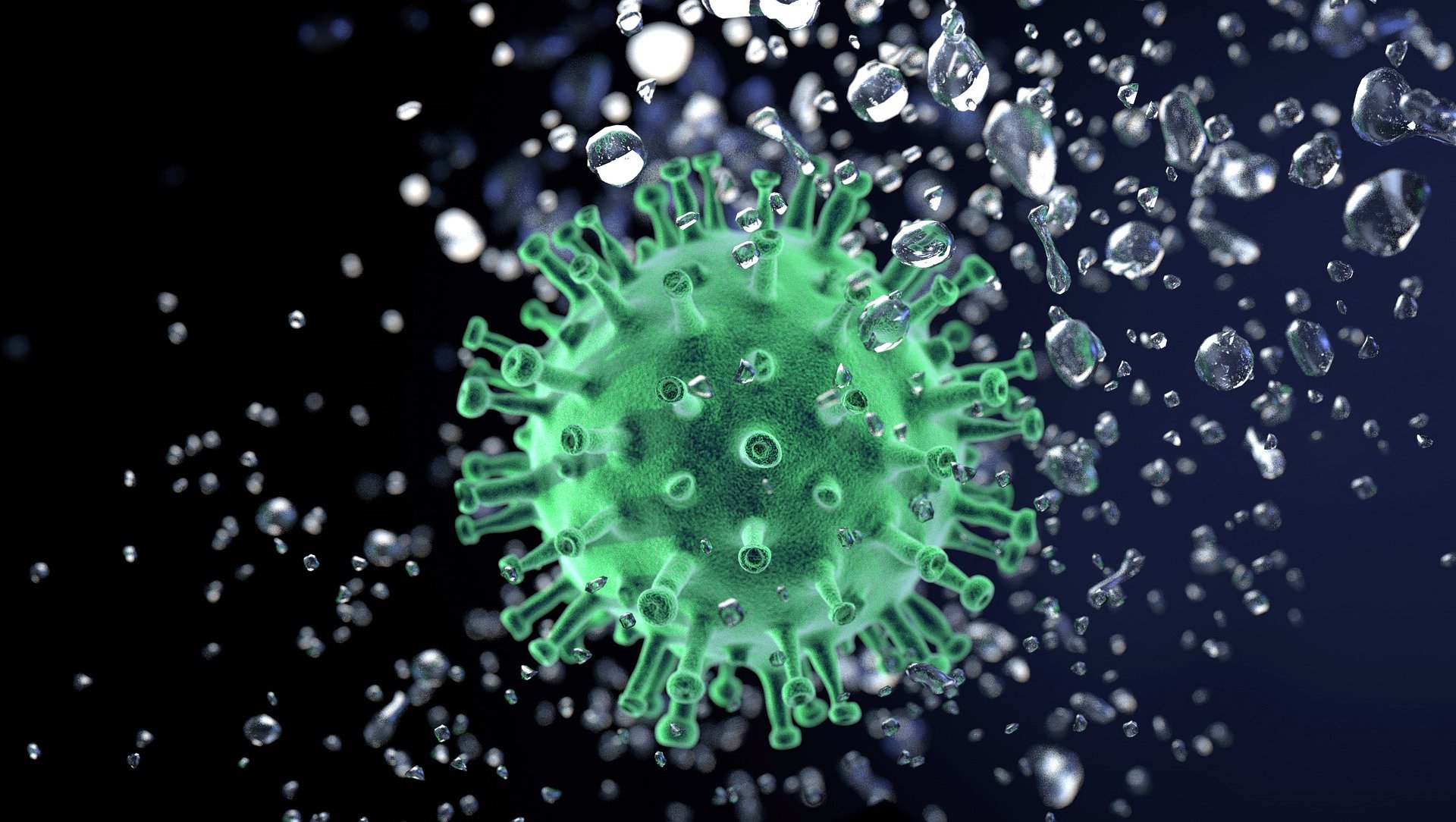
Conventional viruses spread most effectively at colder temperatures. Like the flu virus. This strikes every year in winter and costs the lives of as many as half a million people or more worldwide. Viral diseases tend to be rare in summer when temperatures are warmer. This is due to the fact that the gel-like shell of the viruses melts when exposed to heat. This causes the virus to dry out before it can damage humans.
In the case of the SARS-CoV-2 novel coronavirus, scientists previously assumed that hot temperatures would lead to lower infection rates. Except that the extreme COVID-19 figures in hot regions such as Brazil, Mexico, India, and the southern states of the USA show that this is not the case at all. A study by the Ruhr-Universität Bochum (RUB, Germany) has now even been able to prove that hotter temperatures actually significantly extend the half-life of the virus in comparison to cooler and colder temperatures.
This virus is transmitted primarily via droplets and aerosols in the air that we breathe. Studies have shown that viruses can remain in the air for up to 20 minutes in closed spaces, as IO recently reported. Virologists have so far largely ruled out infection via what is referred to as a smear infection. As in, via contaminated surfaces. They had assumed that the SARS-CoV-2 virus could not survive for long in a warm environment, such as at room temperature.
Half-life varies enormously
A research team led by assistant professor Stephanie Pfänder contaminated surfaces with the coronavirus in the laboratory at the Ruhr University Bochum. They then studied how the virus develops at various temperatures. The scientists found that the half-life period of the virus varies enormously depending on the external conditions.
At a temperature of 4°C, i.e. a temperature typical for a refrigerator, it was 12.9 hours. At room temperature, it was, as expected, shorter. Just 9.1 hours. However, at a summery temperature of 30°C, the virus lived the longest – 17.9 hours.
As to what extent these results also apply to how the pandemic develops and the projected decline in infections in summer, the researchers are unable to judge on the basis of their study results. These were published in the Journal of Infection. The researchers explain that they had focused exclusively on the effects of temperature. Other environmental conditions, such as sunlight (i.e. UV light which is known to kill viruses) or humidity were not taken into account. Moreover, all of the contaminated surfaces were dry.
Virus remains infectious for several days
Under the laboratory conditions mentioned above, the virulence of the virus dropped 100-fold within the first hour. “But then remained stable over the next 4 to 8 hours with only a minimal decline at 30°C. And a significant negative difference at 4°C,” Pfänder writes. “After about eight hours we observed a stable, gradual decline in virus titer (virus load, ed.). This was over several days at all temperatures. “Surprisingly, virus incubation at 30°C showed the highest projected viral half-life of 17.9 hours after drying out. Yet: “Overall, our results show that SARS-CoV-2 infectivity levels are greatly reduced during the initial drying process. However, thereafter the virus remains infectious in a dried state for several days. Regardless of temperature fluctuations”.
Nevertheless, other human and environmental conditions such as viral load, humidity, and solar radiation – that were not considered in the study under controlled laboratory conditions, “could further influence the presence of SARS-CoV-2 on surfaces and consequently the causal variations in the seasonal transmission of SARS-CoV-2.”



